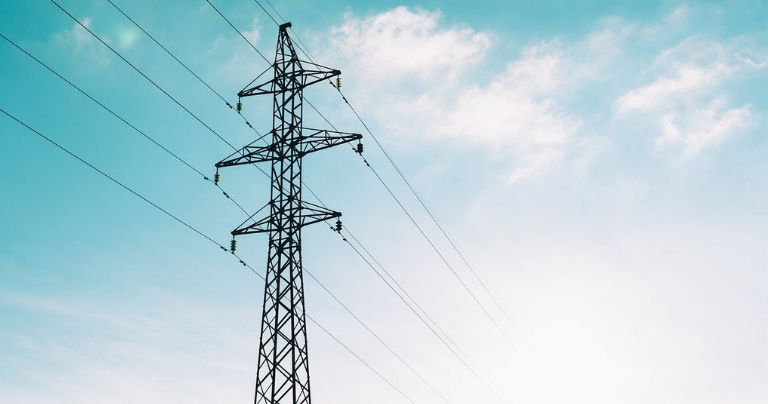India’s electricity transmission network expands to 1.9 lakh ckm, reaching 4.8 lakh ckm
By EPR Magazine Editorial December 20, 2023 1:48 pm IST
By EPR Magazine Editorial December 20, 2023 1:48 pm IST

Concurrently, the transformation capacity has surged by 683 gigavolt-amperes (GVA), achieving 1213 GVA.
The Union Minister for Power and New & Renewable Energy has provided insights into the measures undertaken to create a modern, smart, and forward-looking electricity transmission system. Since April 2014, substantial improvements have reshaped India’s electricity transmission network, witnessing an expansion in line length by 1.9 lakh circuit kilometers (ckm), reaching a total of 4.8 lakh ckm. Concurrently, the transformation capacity has surged by 683 gigavolt-amperes (GVA), achieving a total of 1213 GVA. The entire nation is seamlessly integrated into a unified grid, which now stands as the world’s largest synchronised grid, boasting an inter-regional capacity of 116 GW. This enables efficient power transfer across the country while maintaining a consistent frequency.
In September 2021, the Ministry of Power established a Task Force, chaired by the Chairman and Managing Director of POWERGRID, to recommend strategies for the modernisation of the transmission sector, ensuring its readiness for the future. Task Force members included representatives from State Transmission Utilities, Central Electricity Authority, Central Transmission Utility, Ministry of Electronics and Information Technology, Indian Institute of Technology Kanpur, National Smart Grid Project Management Unit (NSGPMU), and Electric Power Transmission Association (EPTA). The Task Force submitted its final report to the Ministry of Power in February 2023.
Moreover, the Central Electricity Authority (Technical Standards for Construction of Electrical Plants and Electric Lines) Regulations of 2022 advocate for the adoption of the latest technologies in the transmission sector. The report proposes a way forward for modernising and implementing smart technologies in the transmission system.Several noteworthy steps have been taken, including the establishment of Control Centers for remote monitoring and operation of Extra High Voltage (EHV) substations, contributing to the creation of an automated and digitally controlled grid. The notification of the Computer Security Incident Response Team in the Power Sector (CSIRT-Power) plays a pivotal role in managing cybersecurity incidents. Compliance with the “Central Electricity Authority (Cyber Security in Power Sector) Guidelines” is mandated for the communication system in the power sector. The Central Power Research Institute (CPRI) has set up test facilities specifically for cybersecurity.
Additionally, GIS mapping of substations and lines susceptible to natural disasters has been initiated. Artificial Intelligence (AI) and Machine Learning (ML) tools are now integral to the maintenance of transmission lines. Sensors are deployed in all grid substations to measure various power system parameters, facilitating predictive maintenance. These comprehensive measures underscore India’s commitment to building a resilient, technologically advanced, and secure electricity transmission infrastructure for the future.
We use cookies to personalize your experience. By continuing to visit this website you agree to our Terms & Conditions, Privacy Policy and Cookie Policy.